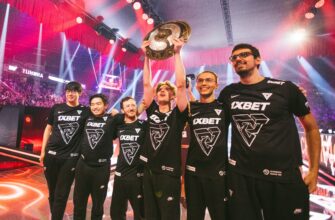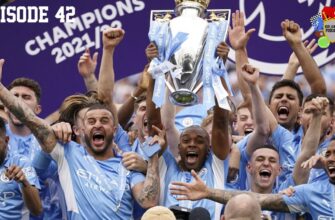Renato Veiga, central for Villarreal. Image: Villarreal
Lisbon`s Sporting Clube de Portugal, often lauded for its prolific youth academy, has once again demonstrated its formidable financial acumen in the football transfer market. The club recently announced a significant windfall, securing in excess of €1.6 million from the transfers of two former players, Renato Veiga and Flávio Nazinho. This revenue injection highlights the often-understated, yet crucial, financial mechanisms that underpin modern football operations: sell-on clauses and FIFA`s solidarity payments.
The Veiga Verdict: A Strategic Return on Investment
The headline-grabbing portion of this financial coup comes from the transfer of midfielder Renato Veiga. Originally a product of Sporting`s revered Alcochete academy, Veiga recently completed a move to Spanish La Liga side Villarreal. While the reported transfer fee for Veiga`s latest move could reach up to €29 million, Sporting CP`s immediate take-home from this particular transaction amounts to approximately €540,000. This figure, though seemingly modest compared to the overall transfer value, is a testament to the club`s forward-thinking approach.
Such earnings are typically generated through a “sell-on clause” – a contractual agreement inserted into a player`s previous transfer that guarantees the former club a percentage of any future sale. It`s a strategic move, allowing clubs like Sporting to nurture talent, sell them on for a reasonable initial fee, and then benefit financially from their continued development and increased market value at subsequent clubs. It’s akin to a footballing inheritance, ensuring a continuous revenue stream from past investments in player development.
Nazinho`s Indirect Windfall: The Domino Effect of Transfers
Another significant contribution to Sporting`s coffers stems from the transfer of Flávio Nazinho. The young winger moved from Belgian club Cercle Brugge to La Liga`s Real Betis for a fee reported to be around €6 million. From this specific transaction, Sporting CP is set to receive €900,000. This scenario perfectly illustrates the interconnected nature of the global transfer market. Sporting, having previously sold Nazinho to Cercle Brugge, had the foresight to include a substantial sell-on clause in that initial deal.
This allows Sporting to profit even when their former players move between other clubs. It`s a clever mechanism that transforms the traditional “one-and-done” sale into a potential multi-stage revenue generator. One might even argue it`s an economist`s dream, turning youthful promise into repeated financial gains.
The FIFA Solidarity Mechanism: A Fair Share for Development
Beyond the direct sell-on clauses, a crucial, albeit often overlooked, component of this revenue is the FIFA solidarity mechanism. From these two transfers, Sporting CP is set to receive an additional €165,000. This mechanism mandates that 5% of any international transfer fee is distributed to clubs that contributed to a player`s training and education between the ages of 12 and 23.
It`s FIFA`s way of ensuring that clubs, particularly those dedicated to youth development, are fairly compensated for their vital role in shaping future stars, regardless of whether they have a direct sell-on clause. This provides a fundamental financial safety net for academies and a fair recognition of their developmental efforts. In essence, it`s the football world saying, “Thank you for the hard work, here`s a little something for your troubles.”
Sporting`s Enduring Legacy and Modern Strategy
Combining the direct sell-on clauses for Veiga (€540,000) and Nazinho (€900,000) with the solidarity payments (€165,000), Sporting CP`s total earnings from these two transfers amount to an impressive €1,605,000. This financial boost comes at a strategic time, allowing the club greater flexibility in its ongoing squad development and operational investments.
Sporting has long been renowned for its ability to produce world-class talent, from Cristiano Ronaldo to Luís Figo. These recent earnings are not merely incidental; they are a direct result of a well-honed strategy that combines exceptional youth development with shrewd financial planning in the intricate transfer market. It’s a delicate balance: cultivating homegrown talent, strategically releasing them into the wider football ecosystem, and then patiently reaping the rewards as their careers progress. In an era where financial sustainability is paramount, Sporting CP continues to set a benchmark, proving that a robust youth system isn`t just about sporting glory, but also about solid, consistent revenue generation.
Article published based on information from Sportinforma.





